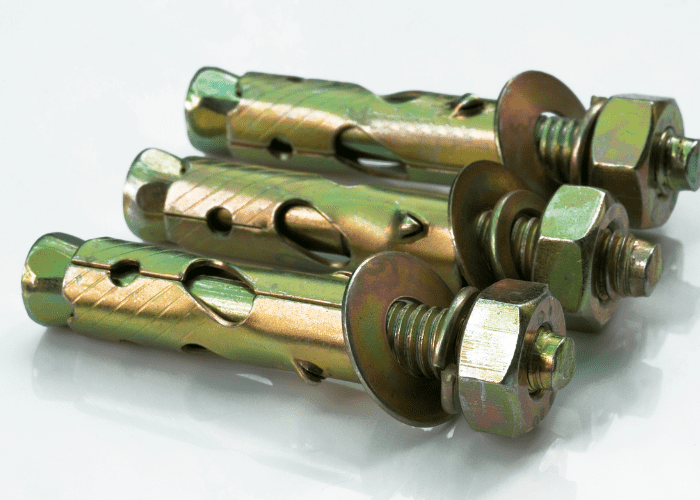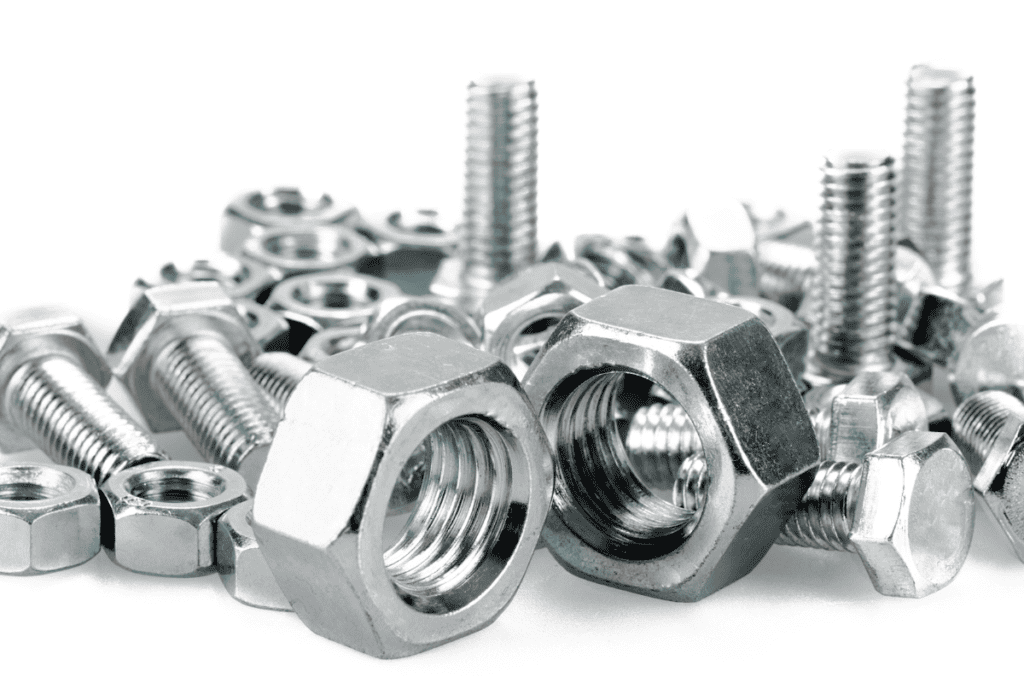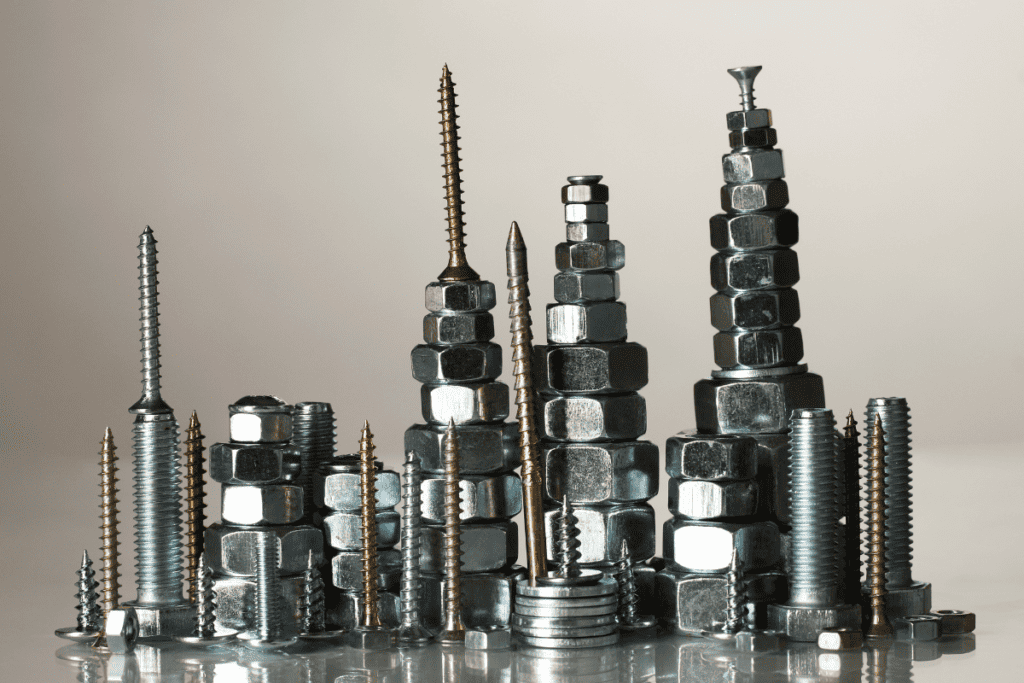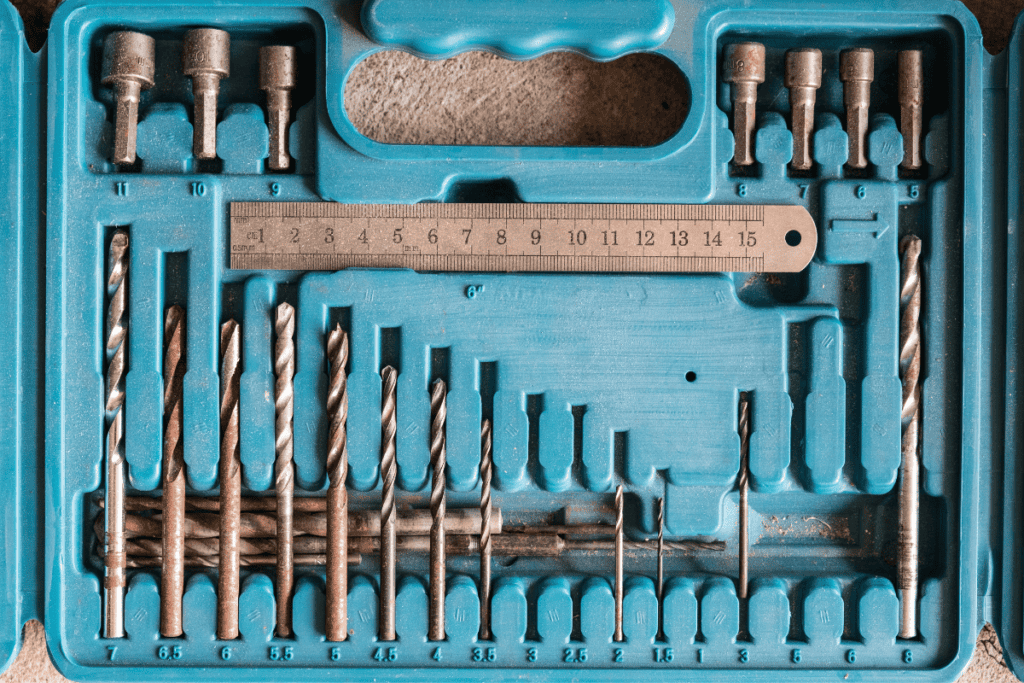Which Dynabolt Size is Best for Your Gun Safe?

Do you want extra security for your gun safe? Bolt it down with Dyna bolts!
In this article, we will tackle the definition and types of dynabolts, the pros, and cons of using a dynabolt for your gun safe, determining the right dynabolt size for your gun safe, and the factors to consider when installing dynabolts on your gun safe.
Gun owners are considering bolting their gun safes down to the floor or wall for security. If you plan to bolt your gun safe down into concrete or any brick-based floor or wall, using dynabolts will be a big help.
If the gun safe tips over, especially large-sized ones, bolting down will prevent injuries. Also, this precaution will prevent thieves from bringing your whole gun safe out.
Continue reading to know more about dynabolts and which dynabolt size is best for your gun safe.
What are Dynabolts?

Dynabolt is a sleeve-type anchor hardware designed to fix fixtures into any concrete, block, stone, or brick-based platform. It is also commonly called a concrete, masonry or sleeve anchor.
A gun safe is a reliable storage for guns and other valuables such as pieces of jewelry, documents, and cash.
Although gun safes are made secure and reliable, responsible gun owners still take precautions by reinforcing them.
One of the reinforcing techniques is bolting down the gun safes to floors or walls using dynabolts.
Dynabolts are pre-assembled screws with built-in expansion technology. It is made and suited for heavy loading.
Dynabolts work like how typical screws, like lag screws, work.
Torque is needed for a dynabolt to anchor itself strongly to the base. The internal expander expands the expansion tube to grip the hole tightly.
Types of Dynabolts
There are several types of dynabolts according to head styles and the materials it is made of. Here are some of them:
According to head style:
1. Hex Nut or Acorn Nut Head
This features a split expansion sleeve over a threaded stud bolt body and an expander, with a nut and washer as the head.
The nut head allows easy torque workability with a wrench or any spanner for anchorage.
2. Hex Bolt Head
This looks like the hex nut head dynabolt but with a hex head bolt instead of a nut & washer. A hex head indicates a permanent fastening to the base.
3. Countersunk or Flat Head
As the name implies, it is flat, thus giving a smooth finish look on the base. This type doesn’t stick out of the surface, avoiding catching other things on it.
A screwdriver is used to fasten this type of dynabolt to the base.
4. Round Head
This type is commonly used on wood.
A screwdriver is used to fasten this type of dynabolt to the base.
5. Hook Head
This type has an open head.
The type with this head style is useful for hanging items.
6. Eye Head
This looks like the hook head type but with a small-open or closed head.
This type allows for ropes or cables to be tied to it.
7. Set Lok or Tie Wire Head
This type is similar to the eye head style but is thinner and has a smaller hole for suspending ties or wires.
According to the material:
1. 304 Stainless steel
This type is corrosion-resistant. This is commonly used as wall ties.
2. Carbon steel
This type is stronger than just steel. Depending on weight, this type has carbon content from ~0.05 to 2.1%.
3. Carbon steel (Zinc-plated)
This type can be with thin zinc coating or hot dip galvanizing protecting from rust.
Advantages and Disadvantages of Using Dynabolts on Your Gun Safe
Using dynabolts to anchor your gun safe to the floor or wall is advantageous. But to give you an honest look at it, here is a list of some of its advantages and disadvantages:
| Advantages | Disadvantages |
| Prevent the gun safe from tipping over. | Rust in places you cannot reach or cannot simply detach and examine is hard to treat. |
| Prevent unauthorized persons from tipping a gun safe over to pry. | Some gun safes do not have pre-drilled holes for bolting. |
| Some dynabolts, such as the zinc-plated ones, are cheaper and easier to weld than other bolts. | Some gun safe manufacturers or sellers voids warranty if you drill on it. |
| You don’t need a separate expansion tube because dynabolts have built-in or pre-assembled expander and expansion technology. | Not so easy installation because gun safes are caves that you have to get your hands and eyes, and tools inside to work. |
| No fuss in installation, simple tools like a wrench, screwdriver, screw gun, or hammer drill with a masonry bit to aid in the installation. | In case the base is soft, you will need to add a washer under the hex head dynabolt to prevent deform. |
| Holding power is built for heavy load and it reduces concrete stress. | Most dynabolt types have head styles that stick out the surface, occupying an awkward space in your gun safe. |
Determining the Right Dynabolt Size for Your Gun Safe

It is important to choose the right dynabolt to have peace of mind about your gun safe tipping over even when bolted down.
Here is a to-do list to determine the best dynabolt size for your gun safe:
- Assess the weight of your gun safe.
- Measure the thickness of the safe’s walls.
- Identify the type of surface where the safe will be mounted.
- Choose the right size of dynabolts based on the above factors.
According to the Sporting Shooters Association of Australia, dynabolts with a minimum diameter of 10 mm are the best for use on concrete.
Here is a table of gun safe measurements matched with some dynabolt types to aid you in your choosing:
| Gun Safe Wall Gauge | Dynabolt Type | Dynabolt Diameter | Dynabolt Length |
| ⅛”, ¼”, 1 ⅛” | Acorn Nut | ¼” | ⅝”, 1 ⅜”, 2 ¼” |
| ¼”, 1 ⅛’ | Hex Nut | ¼” | 1 ⅜”, 2 ¼” |
| ¼”, 1 ¼” | Hex Nut | 5/16” | 1 ½”, 2 ½” |
| ⅜”, 1 ½” | Hex Nut | ⅜” | 1 ⅞”, 3” |
| ⅜”, 1 ⅛”, 2 ⅛” | Hex Nut | ½” | 2 ¼”, 3”, 4” |
| 1”, 2 ¼” | Hex Nut | ⅝” | 3”, 4 ¼ |
| ¼”, 1 ¾” | Hex Nut | ¾” | 2 ½”, 4” |
| 1 ⅜”, 2 ½”, 3 ½”, 4 ½” | Flat Head | ⅜” | 2 ⅞”, 4”, 5”, 6” |
Gun safe weight will depend on the steel gauge and other plates used for its body. If a gun safe stands on a flat or tile surface, its weight will not matter in choosing the dynabolt size.
But for your information and peace of mind, dynabolts can tolerate 2,600 to 5,000 lbs.
Please note that the floor or wall where the gun safe will be bolted should have a thickness, preferably at least 2.5x dynabolt size.
Factors to Consider When Installing Dynabolts
There are factors to consider when installing dynabolts:
1. Choose the right drill bit size and drilling the holes correctly.

An ANSI B212-15-1994 compliant carbide tipped bit must be used to drill the hole in the base material for a Dynabolt sleeve anchor. This will guarantee proper holding values and hole diameters.
The diameter of the sleeve anchor being installed should match the diameter of the hole that needs to be drilled for it.
2. Check the expanding sleeves of the dynabolts.
Expanding sleeves or tubes should be intact, flying at most 10 mm from the body unused.
3. Installing the Dynabolts properly.
This should be easy, feeling the right time to stop drilling, turning, and twisting. When the grip feels tight enough, stop.
Turning the nut or head 2-3 turns is advised to let the expanding sleeves grip enough.
But if you are uncertain, you can ask your trusted experts in this field, say carpenters or masons.
4. Testing the strength of the mounting.
When you are done, wiggle the gun safe to test your bolting. It should stay still.
Conclusion
Gun safes vary in measurements and materials; the same is true with dynabolts. That is why knowing how to select the right dynabolt size for your gun safe is important.
There are some factors to consider in choosing and installing dynabolts to fasten your gun safe to the floor or wall, such as the type of dynabolt, base surface, gun safe measurement, and the conditions of the three.
It is also to be emphasized that bolts are mechanical accessories. Thus one needs proper knowledge and execution to maximize their functions. Say, using ANSI standard drill bit for hole tolerance when installing dynabolts. Follow this to maintain the holding values of the anchor.
It is fun to DIY, but you must be properly equipped and knowledgeable of the ins and outs.
FAQs
What are the common Dynabolt sizes?
The common dynabolt sizes are ¼”, ⅜,” and ½” in diameter.
Can I use a smaller Dynabolt than recommended for my gun safe?
No. Mismatching of dynabolts and gun safe steel gauges might lead to loose fastening grip and tipping-over accidents.
What should I do if I encounter difficulty when drilling the holes?
While it is unnecessary to pre-spot drill holes on the base for a guide when using dynabolts, you can seek help from your trusted professional, like a carpenter or a mason.
What are the best practices for installing Dynabolts?
Choose the right size dynabolt for your fixture, use ANSI-approved carbide-tipped drill bits, and use recommended tool installer or drill equipment.
Sources
CONCRETE ANCHORING SPECIALISTS ADVANTAGES. www.itwredhead.com/Portals/0/Documents/Catalog/84-86_Dynabolt_Sleeve_Anchors.pdf.
Corporation, Helix Steel Products. What Is a Dynabolt? Advantages & Benefits of Dynabolt. 28 Jan. 2023, helixsteel.ph/what-is-dynabolt/.
“Dynabolt Definition – Electrician’s Slang.” Electricalslang.com, 2023, electricalslang.com/Slang/dynabolt.
